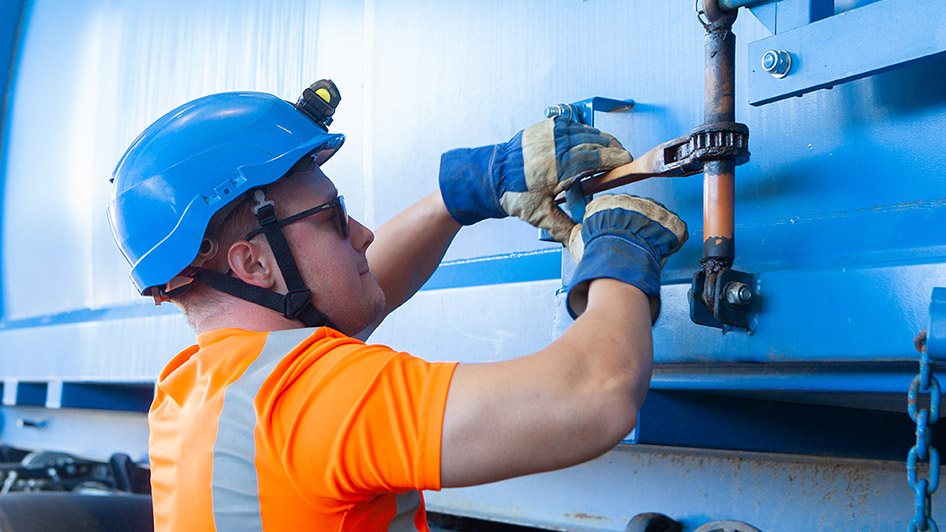

Market surveillance
Personal protective equipment
In respect of personal protective equipment, market surveillance is designed to ensure that all personal protective equipment intended for professional use that is available on the market and used by operators conforms to the applicable laws and is placed on the market in an appropriate manner.
General information on topic
Market surveillance is carried out by the authorities. In respect of personal protective equipment designed for professional use, market surveillance is the responsibility of occupational safety and health authorities.
The supervisory authority for personal protective equipment designed for the consumer market is the Finnish Safety and Chemicals Agency.
Market surveillance checks on personal protective equipment
Labelling:
- CE marking
- Number of the applicable EN standard
- Identification number of the manufacturer
- Type/model of the equipment
- Safety classification
- Other information required by the applicable standard, such as warnings in the form of pictograms, the year of manufacture (helmets) and expiry date (filters)
Packaging:
- The packaging must be labelled with the same information as the equipment itself. More information is provided in the applicable product standard.
Operating and maintenance instructions:
- All personal protective equipment must be supplied with operating instructions in Finnish and Swedish that specify
- the intended use of the equipment and any limitations
- how the equipment is fitted and worn
- the expiry date
- how the equipment should be stored and serviced, and
- what the labels on the equipment mean.
Structure, technical properties and quality:
- The equipment must be composed of parts that work together to produce the intended effect and supplied with all the necessary parts.
- The equipment must be in date, and its protective properties must not have deteriorated during storage.
- All equipment that is already in use must be undamaged, properly maintained and regularly inspected.
Implementation of market surveillance
Market surveillance inspections in workplaces and at trade shows and in retailers’ facilities, for example, are carried out by the Regional State Administrative Agencies’ Divisions of Occupational Safety and Health. Special market surveillance projects and campaigns can also be run. Both manufacturers and importers and distributors can be inspected.
Market surveillance inspections can be triggered by
- whistle-blowing, complaints or allegations
- accident investigations
- investigations of causes of occupational diseases
- requests for assistance made by other authorities, or
- an order from the government.
If you notice non-conformances in personal protective equipment designed for professional use, its labelling or the associated operating instructions, you can report these to the Division of Occupational Safety and Health of the Regional State Administrative Agency within whose jurisdiction the non-compliant equipment is being used or sold. Your report should include a brief description of the equipment and the non-conformances and specify the location where the equipment can be inspected, as well as your name and contact details. Occupational safety and health authorities never disclose whistle-blowers’ information or the fact that an inspection is based on a whistle-blower’s report to the operators whom they inspect for market surveillance purposes. Contact details for Regional State Administrative Agencies’ Divisions of Occupational Safety and Health are listed under Contact information.
The Ministry of Social Affairs and Health’s Department for Work and Gender Equality can prohibit the sale or use of non-compliant or dangerous personal protective equipment or place restrictions on the distribution of such equipment.


